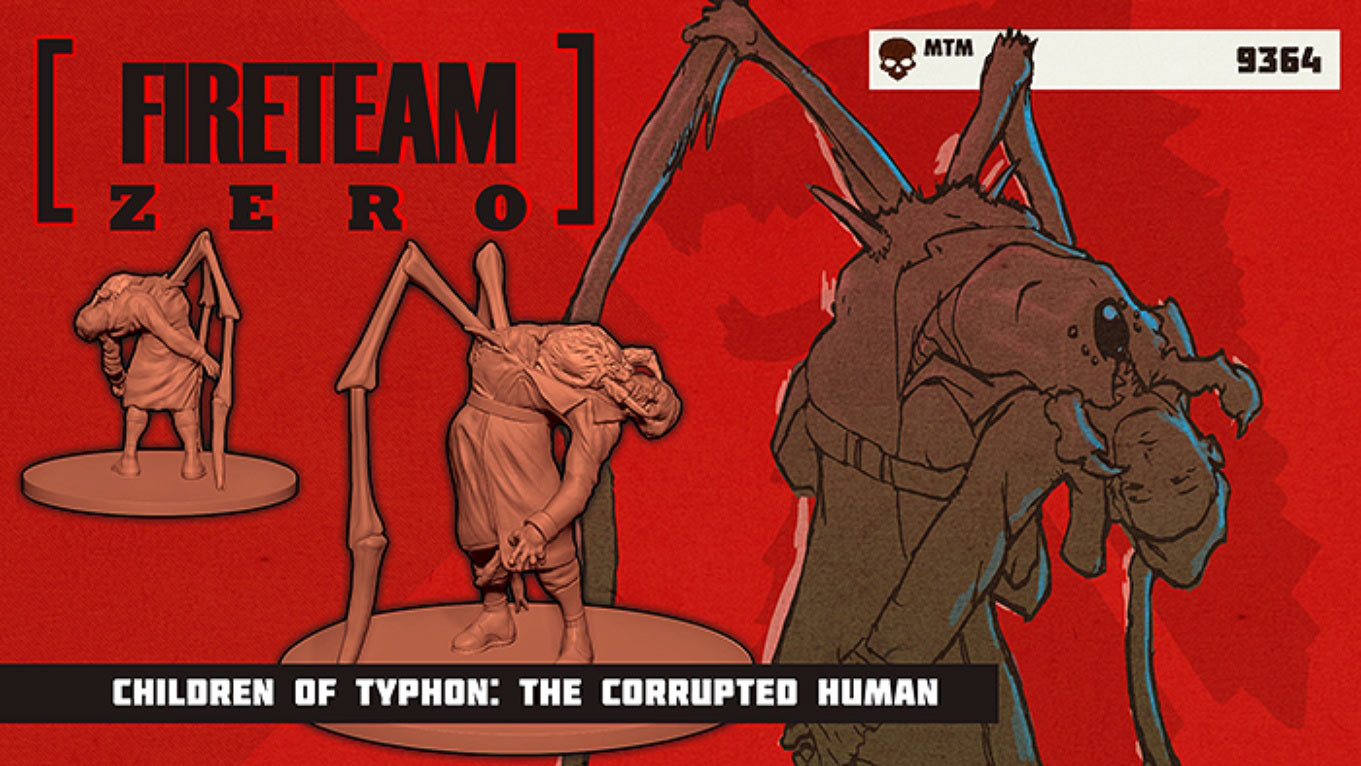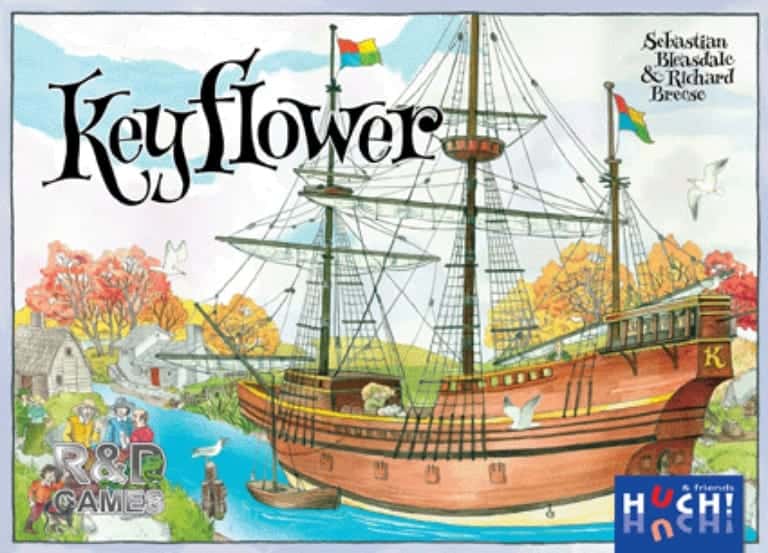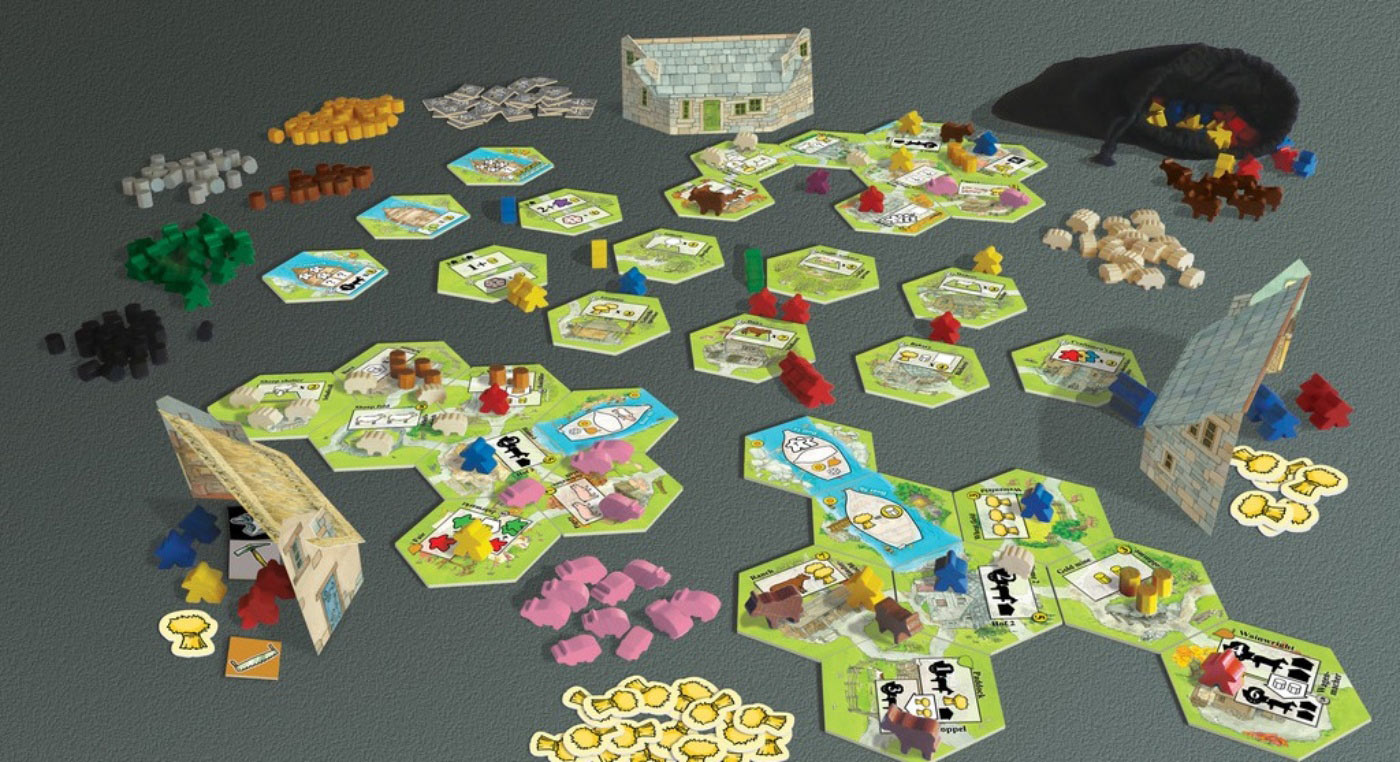Since our last foray into Actual Journalism was so well received (It was? — Mark.), we’ve decided to give it another go. This time, we take a look at Game Salute, a company headquartered deep in the hinterlands of New Hampshire, a state that somewhat resembles in shape a standard reference pear.
Game Salute styles itself as a new kind of publisher, one that does much more than handle marketing and fulfillment (fulfillment meaning “getting the game out to customers”, from receiving, to warehousing, secure storage, picking, packing, shipping, tracking, sales to stores globally and customer service).
Among the flexible services they offer are solutions for other publishers, and, intriguingly, managing Kickstarter campaigns, boasting such success stories as Alien Frontiers, as well as unique titles ranging from Chicken Caesar to Pixel Lincoln.
It was started as a response to the many pain points its CEO Dan Yarrington saw in the board game industry. To find out how the cure compares with the disease, we sent Actual Journalist Mark Wallace off to have a good long chat with Yarrington, and he came back (from a phone call, not from New Hampshire) with this exciting and informative Q&A!
Read More






